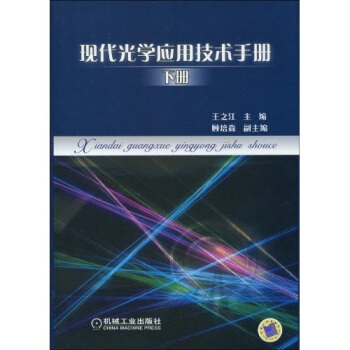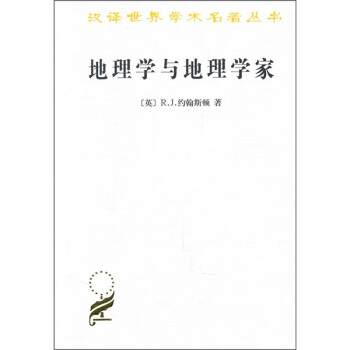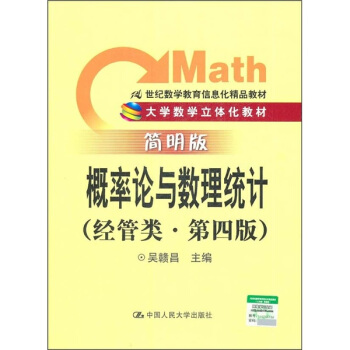![量子场论(第2版) [Quantum field Theory Second Edition]](https://pic.tinynews.org/10758693/rBEGEE-wtNsIAAAAAAAlYd1wj3cAAA7dAEwJ6AAACV5953.jpg)

具体描述
内容简介
This book is a modern pedagogic introduction to the ideas and techniques of quantum field theory.After a brief overview of particle physics and a survey of relativistic wave equations and Lagrangian methods,the quantum theory of scalar and spinor fields, and then of gauge fields,is developed The emphasis throughout is on functional methods,which have played a large part in modern field theory. The book concludes with a brief survey of `topological' objects in field theory and,new to this edition,a chapter devoted to supersymmetry.
内页插图
目录
Prface to the first editionPreface to the second edition
1 Intropduction:synosis of particle physics
1.1 Quantum field theory
1.2 Gravitation
1.3 Strong interactions
1.4 Weak interactions
1.5 Leptonic quantum numbers
1.6 Hadronic quantum numbers
1.7 Resonances
1.8 The quark model
1.9 SU(2),SU(3)SU(4)
1.10 Dynamical evidence for quarks
1.11 Colour
1.12 QCD
1.13 Weak interactions
Guide to further reading
2 Single-particle relativistic wave equations
2.1 Rel;ativistic notation
2.2 Klein-Gordon equation
2.3 Dirac equation
SU(2)and the rotaion group
SL(2,C)and the antiparticles
2.4 Prdiciton of antiparticles
2.5 Construction of Dirac spinors:algebra of
2.6 Non-relativistic limit and the electron magnetic moment
2.7 The relevance of the Pointcare group operators and the zero mass limit
2.8 Maxwell and Proca equations
2.9 Maxwell's equations and differential geometry
Summary
Guide to further reading
3 Lagrangian formulation, symmetries and gauge fields
3.1 Lagrangian formulation ofparticle mechanics
3.2 The real scalar field: variational principle and Noether's theorem
3.3 Complex scalar fields and the electromagnetic field
3.4 Topology and the vacuum: the Bohm-Aharonov effect
3.5 The Yang-Mills field
3.6 The geometry of gauge fields
Summary
Guide to further reading
4 Canonical quantisation and particle interpretation
4.1 The real Klein-Gordon field
4.2 The complex Klein-Gordon field
4.3 The Dirac field
4.4 The electromagnetic field
Radiation gauge quantisation
Lorentz gauge quantisation
4.5 The massive vector field
Summary
Guide to further reading
5 Path integrals and quantum mechanics
5.1 Path-integralformulation ofquantum mechanics
5.2 Perturbation theory and the S matrix
5.3 Coulombscattering
5.4 Functional calculus: differentiation
5.5 Further properties of path integrals
Appendix: some useful integrals
Summary
Guide to further reading
6 Path-integral quantisation and Feynman rules:scalar and spinor fields
6.1 Generating functionalfor scalar fields
6.2 Functional integration
6.3 Free particle Green's functions
6.4 Generating functionals forinteracting fields
……
7 Path-imtegral quantisation:gauge fields
8 Spontaneous symmetry breaking and the Weinberg-Salam model
9 Renormalisation
10 Toplogical objects in field theory
References
Index
前言/序言
用户评价
这是一本我犹豫了很久才下手的书。《量子场论(第2版)》这个名字,就带着一种“专业”、“硬核”的气息,让我这个非物理专业的学生在购买前,内心经历了相当一番挣扎。我曾在网上看到过一些关于量子场论的讨论,那些涉及“虚粒子”、“场算符”、“重整化”等概念的只言片语,都让我感到既好奇又望而却步。我担心这本书对于没有坚实物理学基础的读者来说,会过于晦涩难懂,成为一本摆设。然而,另一方面,我又深深地被它所解释的现象所吸引——从基本粒子的性质到宇宙的演化,量子场论似乎是理解这一切的关键。我希望这本书能够在我这个“门外汉”的认知里,搭起一座桥梁,让我能够理解那些复杂公式背后的物理意义,而不是仅仅停留在数字和符号的层面。或许,它能让我对“真实”这个概念有更深刻的理解,让我们看到,我们所感知到的世界,可能只是更深层现实的某种表现形式。
评分这是一本我一直非常期待的书,它的出现,标志着我对量子场论的探索又向前迈进了一大步。《量子场论(第2版)》这个名字,就足以说明它在学术界的地位和重要性。我曾经阅读过一些初步介绍量子场论的书籍,它们为我打开了一扇大门,让我初步领略了这个理论的魅力,但也让我更加渴望了解其更深入、更系统的阐述。我希望这本书能够带我深入到量子场论的核心,理解那些描述粒子行为和相互作用的数学框架,以及它们如何统一了我们对物质和能量的认识。我期待它能够解释那些更复杂、更精妙的物理现象,并帮助我理解当前粒子物理学研究的前沿。这本书对我而言,不仅仅是一本教科书,更是一次与人类智慧巅峰对话的机会,让我能够站在巨人的肩膀上,去眺望物理学更广阔的未来。
评分这本《量子场论(第2版)》的书名本身就带着一股强大的吸引力,让我这个对理论物理一直充满好奇但又深感其深邃的读者,迫不及待地想要一探究竟。虽然我还没有真正翻开书页,但仅仅是这个标题,就足以在我脑海中勾勒出一幅宏伟的图景:从微观粒子的奇异舞蹈,到宇宙最基本规律的精妙构建,这一切似乎都蕴藏在这几卷文字之中。我设想着,这本书大概会带领我穿越一个充满数学公式和抽象概念的世界,去理解那些我们肉眼无法触及却又至关重要的物理实在。我期待它能像一位经验丰富的向导,在我迷失在复杂的数学推导和令人费解的物理原理时,指引我前进的方向,让我能够逐渐领略量子场论那令人着迷的逻辑之美和解释万物的力量。它或许会成为我理解现代物理学的基石,让我能够更深入地思考我们身处的世界是如何运作的,以及那些看似不可思议的现象背后隐藏着怎样的深刻道理。我渴望通过这本书,能够更清晰地看到科学探索的边界,以及人类智慧在不断挑战未知时所展现出的非凡勇气和创造力。
评分老实说,我买《量子场论(第2版)》更多的是一种“冲动消费”,一种对未知领域强烈的好奇心驱使下的尝试。我并非物理学专业出身,但总觉得在现代科学的殿堂里,量子场论是一个绕不开、也极具魅力的存在。我常常在一些科普文章中读到它,那些关于粒子湮灭与产生的图景,关于宇宙诞生之初的极端条件,都让我感到既神秘又震撼。所以,当我看到这本新版的《量子场论》时,我几乎是立刻就下单了。我并没有奢求它能让我立刻成为量子场论的专家,我更希望它能给我打开一扇窗,让我能窥见这个复杂理论的一角,了解它的基本框架和核心思想。即使最终我无法完全消化所有的数学细节,但如果它能帮助我建立起一个大致的认知,理解量子场论在整个物理学体系中的地位和作用,就已经算是一次成功的体验了。我期待它能够以一种相对易懂的方式,向我展示那些构成我们宇宙最基本单元的“原材料”是如何相互作用,以及这些互动又如何孕育出了我们所看到的一切。
评分我拿到《量子场论(第2版)》的时候,其实是抱着一种“挑战自我”的心态。我一直对物理学,特别是理论物理领域那些宏大且抽象的理论非常感兴趣。我曾尝试阅读过一些相关的科普读物,但总觉得意犹未尽,想要更深入地了解那些真正构建现代物理学大厦的基石。量子场论,无疑是其中最重要的一块。我设想这本书会是一场智力上的冒险,它会要求我付出相当的努力去理解那些精妙的数学推导和深刻的物理直觉。我期待它能够像一幅精心绘制的地图,指引我在浩瀚的理论海洋中航行,让我能够理解从标准模型到更深层次的理论是如何一步步建立起来的。我希望这本书能帮助我培养一种严谨的科学思维方式,让我能够从更根本的层面去审视那些看似寻常的物理现象,并从中发现那些隐藏在表象之下的普遍规律。
评分学必须依靠语言作为唯一的传达信息的方法,并且在传达中,在无歧义性问题具有最大的重要性的地方,逻辑形式必须起它们的作用。在这点上,特征性的困难可以描述如下。在自然科学中,我们试图从一般导出特殊,试图理解由简单的普遍规律引起的特殊现象。用语言表述的普遍规律只能包含少量简单的概念——否则规律将不是简单和普遍的了。从这些概念要推导出无限多样性的可能现象,不仅是定性地,而且要在每一个细节上都以完全的准确性推导出来。显然,日常语言的概念,既然它们是不准确的并且是模糊地定义的,就决不能允许作这样的推导。当从既定的前提导出判断的链条时,链条中可能有的环的数目依赖于前提的准确性。由此可见,自然科学中普遍规律的概念必须以完全的准确性规定下来,而这只有用数学的抽象方法才能做到。
评分和原版外文书比起来很划算
评分浅显易懂,深入浅出。
评分浅显易懂,入门必读,强烈推荐
评分一直在京东购书,价格实惠,售后有保障。
评分发评价拿京豆换优惠券
评分。。。。。。。。。。。。。。。
评分很满意,还没看,看后追评。
评分量子场论(第2版)
相关图书
本站所有内容均为互联网搜索引擎提供的公开搜索信息,本站不存储任何数据与内容,任何内容与数据均与本站无关,如有需要请联系相关搜索引擎包括但不限于百度,google,bing,sogou 等
© 2026 book.idnshop.cc All Rights Reserved. 静思书屋 版权所有

![椭圆曲线 [Elliptic Curves] pdf epub mobi 电子书 下载](https://pic.tinynews.org/10825688/746c89d8-e344-44c4-9e95-826057ac43e6.jpg)
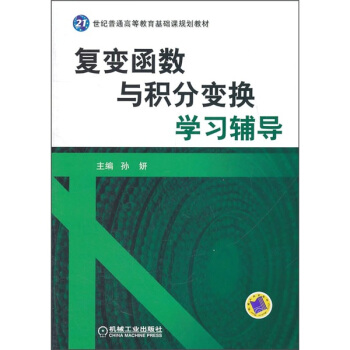

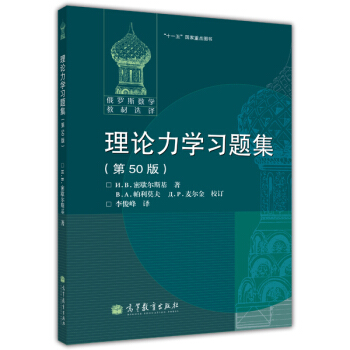
![动力系统引论 [Introduction to Dynamical Systems] pdf epub mobi 电子书 下载](https://pic.tinynews.org/11309190/563c1a9bN92aa181b.jpg)
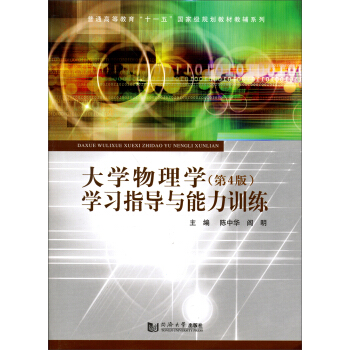
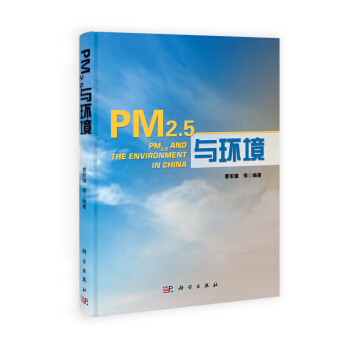
![理论力学自主学习辅导(配套高教·哈工大《理论力学1》 第七版 )/普通高等教育“十二五”规划建设教材 [Assistant to Self-Motivated Learning Theoretical Mechanics] pdf epub mobi 电子书 下载](https://pic.tinynews.org/11620786/54dddbc4N5790ad4d.jpg)
![黎曼几何和几何分析(第6版) [Riemannian Geometry and Geometric Analysis Sixth Edition] pdf epub mobi 电子书 下载](https://pic.tinynews.org/11647751/54e1b516N236b44c7.jpg)
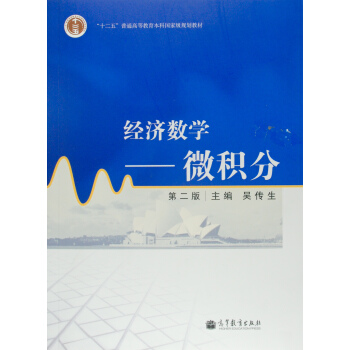
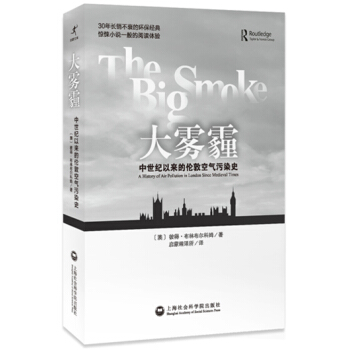
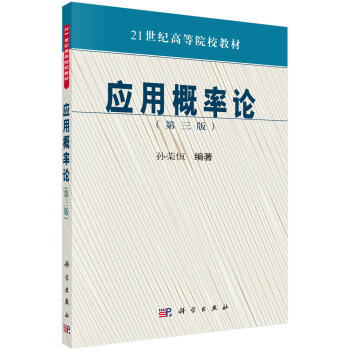
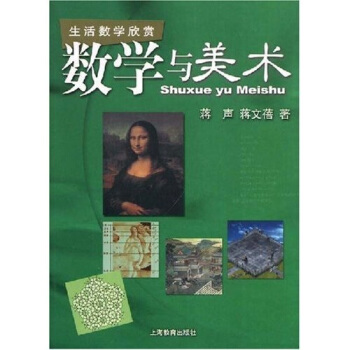
![经典英文物理教材系列:宇宙学的物理基础 [Physical Foundations of COSMOLOGY] pdf epub mobi 电子书 下载](https://pic.tinynews.org/10096503/d120df60-0ce4-449c-8c3c-98573d0e0c1a.jpg)

